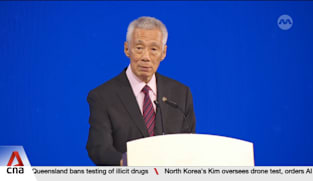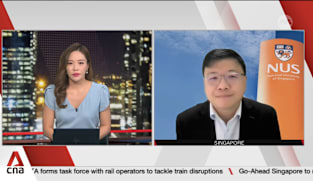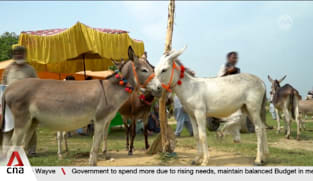Jamus Lim on electoral boundary review process
Advances in mathematics, political science and economics offer the possibility of drawing credible electoral maps that will undoubtedly be better than the current “opaque practices” pursued by the Electoral Boundaries Review Committee, said MP Jamus Lim. Speaking in support of the motion in Parliament on Wednesday (Aug 7), he said one approach is to apply techniques in geometry to obtain insights into electoral geographies that make sense. A second metric is to minimise what some political scientists call an efficiency gap by using a simple equation which tallies the difference between seat and vote margins. Assoc Prof Lim said one particularly promising strategy is to allow parties to take turns in either proposing divisions or rejecting unfavourable ones. He pointed out that these tools can and have been applied in real world situations, both as diagnostic tools and for the purposes of electoral reform. Computer packages to apply these solutions in a scalable way have been made available by researchers, he added. He believes that such benchmarked electoral boundaries would improve transparency and make these maps more acceptable to everyone involved. Assoc Prof Lim warned that endemic gerrymandering effectively means that the votes of those who happen to live in certain geographies are inadvertently given lesser weight simply by dint of the districting system. “Do we wish to be known as a modern democracy that does not aspire to ensure that the voices of all our citizens be heard equally?”
Advances in mathematics, political science and economics offer the possibility of drawing credible electoral maps that will undoubtedly be better than the current “opaque practices” pursued by the Electoral Boundaries Review Committee, said MP Jamus Lim. Speaking in support of the motion in Parliament on Wednesday (Aug 7), he said one approach is to apply techniques in geometry to obtain insights into electoral geographies that make sense. A second metric is to minimise what some political scientists call an efficiency gap by using a simple equation which tallies the difference between seat and vote margins. Assoc Prof Lim said one particularly promising strategy is to allow parties to take turns in either proposing divisions or rejecting unfavourable ones. He pointed out that these tools can and have been applied in real world situations, both as diagnostic tools and for the purposes of electoral reform. Computer packages to apply these solutions in a scalable way have been made available by researchers, he added. He believes that such benchmarked electoral boundaries would improve transparency and make these maps more acceptable to everyone involved. Assoc Prof Lim warned that endemic gerrymandering effectively means that the votes of those who happen to live in certain geographies are inadvertently given lesser weight simply by dint of the districting system. “Do we wish to be known as a modern democracy that does not aspire to ensure that the voices of all our citizens be heard equally?”



















